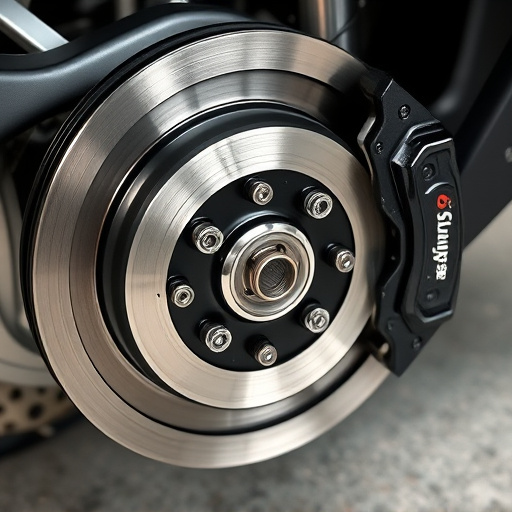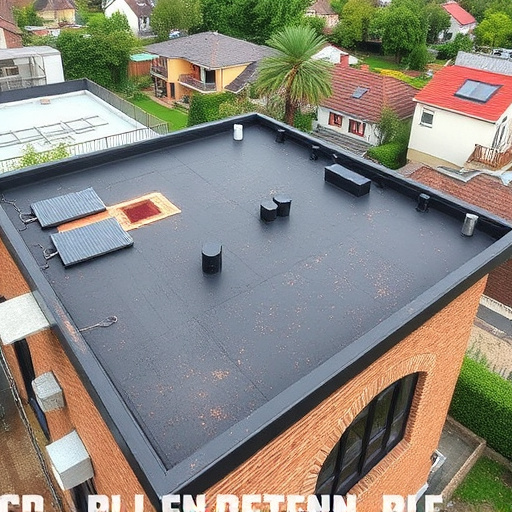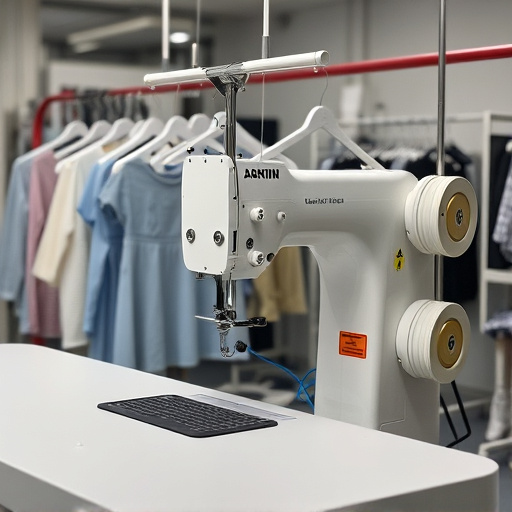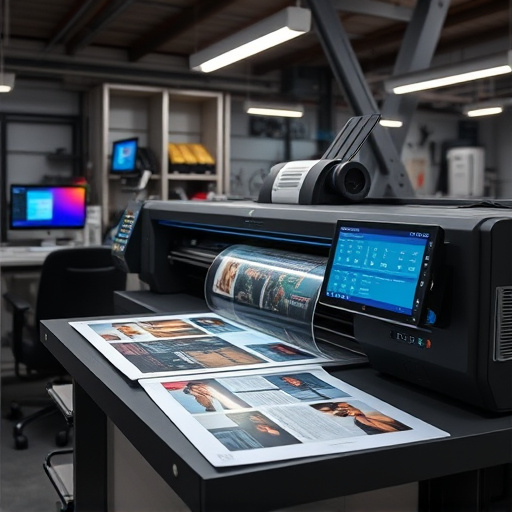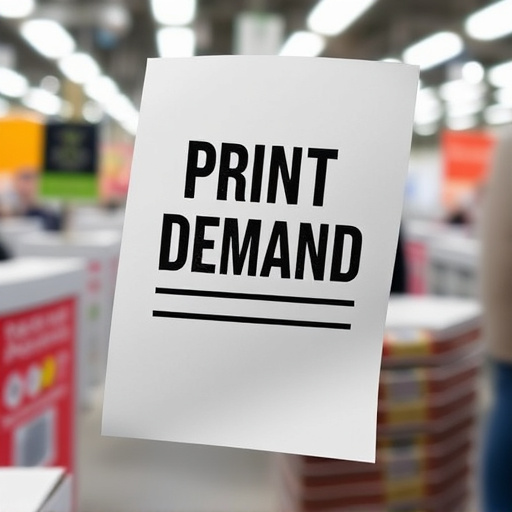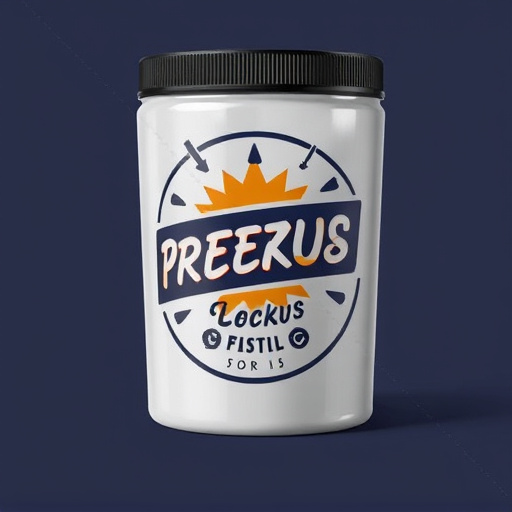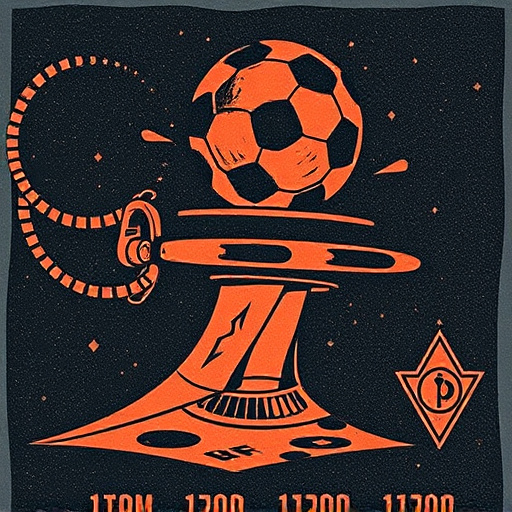DTF California revolutionizes apparel printing with a direct-to-fabric method, enabling high-quality designs on diverse fabrics swiftly and versatily. Local businesses embrace this technology for creating soft, comfortable garments with vibrant prints. Key costs involve materials, equipment, labor, and overhead. Savvy consumers manage expenses through strategic considerations of design software, equipment, heat transfer paper, and partnerships to maintain profitability and competitiveness in the DTF California market.
“Unraveling the financial landscape of DTF California is a crucial step towards informed decision-making. This article breaks down the intricate cost structure of DTF services in California, offering a comprehensive guide for consumers. We delve into the key factors influencing expenses, providing insights on how to navigate this market efficiently. From understanding basic charges to exploring cost-saving strategies, our piece equips readers with the knowledge to make sensible choices, ensuring they get the most value from their DTF California services.”
- Understanding DTF California: Unveiling the Basics
- Cost Factors: A Comprehensive Breakdown
- Navigating Expenses: Strategies for Savvy Consumers
Understanding DTF California: Unveiling the Basics
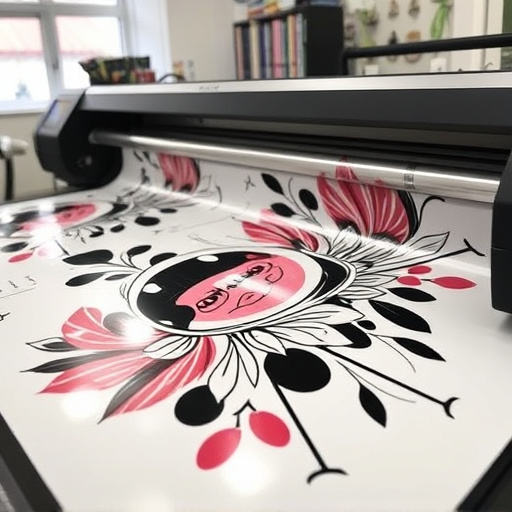
Understanding DTF California involves grasping a cutting-edge printing technique that has revolutionized the apparel industry. DTF, or Direct to Fabric, is a direct printing method that allows for high-quality designs on various fabrics, from cotton tees to polyester jackets. Unlike traditional screen printing, which requires multiple colors and set-up time, DTF offers a faster, more versatile approach. For clothing brands, this means quicker turnaround times and the ability to customize orders with intricate logos and graphics.
DTF California is particularly notable for its widespread adoption by local businesses and fashion startups. The method’s suitability for light fabrics like cotton makes it ideal for creating soft, comfortable garments with vibrant prints. DTF transfer sheets play a crucial role in this process, enabling precise application of designs to fabric. This technology not only enhances the speed of production but also opens up creative possibilities for designers looking to bring unique and bold aesthetics to their collections.
Cost Factors: A Comprehensive Breakdown
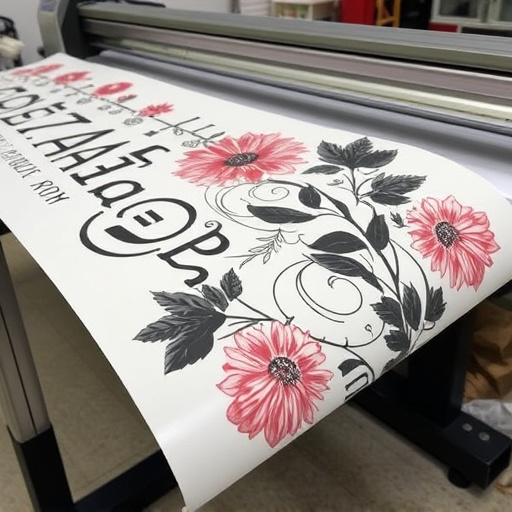
When it comes to understanding the costs associated with DTF California, several factors come into play. DTF, or Direct-To-Fabric printing, is a versatile and popular method for customizing t-shirts and other textiles. The primary cost drivers in this process include materials, equipment, labor, and overhead expenses.
Material costs vary based on the type of fabric, ink, and adhesive used. For instance, different fabrics like cotton, polyester, or blends have varying print qualities and price points. Additionally, the choice of ink colors and special effects can significantly impact the overall expense. Equipment costs involve investing in a DTF printer, which ranges from affordable entry-level models to high-end industrial machines. Maintenance and consumables like printing plates and inks also contribute to ongoing expenses, especially for businesses offering dtf printing for t-shirts as a service. Labor is another critical factor, reflecting the skill level of operators and the complexity of design work. Overhead includes rent, utilities, marketing, and administrative costs, which are essential for maintaining a sustainable DTF California business.
Navigating Expenses: Strategies for Savvy Consumers
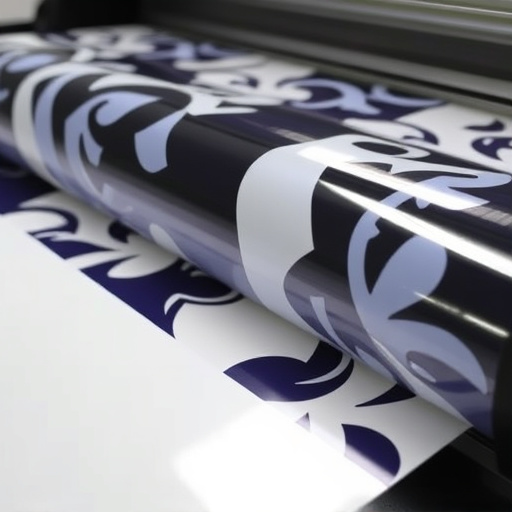
Navigating Expenses: Strategies for Savvy Consumers
When it comes to DTF California, understanding the cost structure is key for savvy consumers. The process involves various expenses, from the initial design concept to the final product. For clothing brands looking to create custom dtf for t-shirts or other garments, the primary costs include design software subscriptions, screen printing equipment (or use of specialized services), and the materials themselves—like DTG heat transfer paper. Each step requires careful consideration to ensure a profitable yet competitive pricing strategy.
By employing smart strategies, consumers can effectively manage these costs. For instance, pre-printing templates for repeated designs can significantly reduce expenses over time. Additionally, leveraging online marketplaces or direct partnerships with manufacturers allows for better price negotiations and access to high-quality DTG heat transfer paper at wholesale rates. These tactics empower both individuals and businesses to maximize their budgets, ensuring they get the most value out of their DTF California ventures while remaining competitive in the market.
DTF California, with its diverse offerings and dynamic culture, comes at a cost. By understanding the key factors influencing prices and implementing strategic savings tactics, consumers can navigate this vibrant landscape more affordably. Remember that informed choices and thoughtful budgeting can make experiencing all that DTF California has to offer an accessible and enjoyable journey for everyone.
